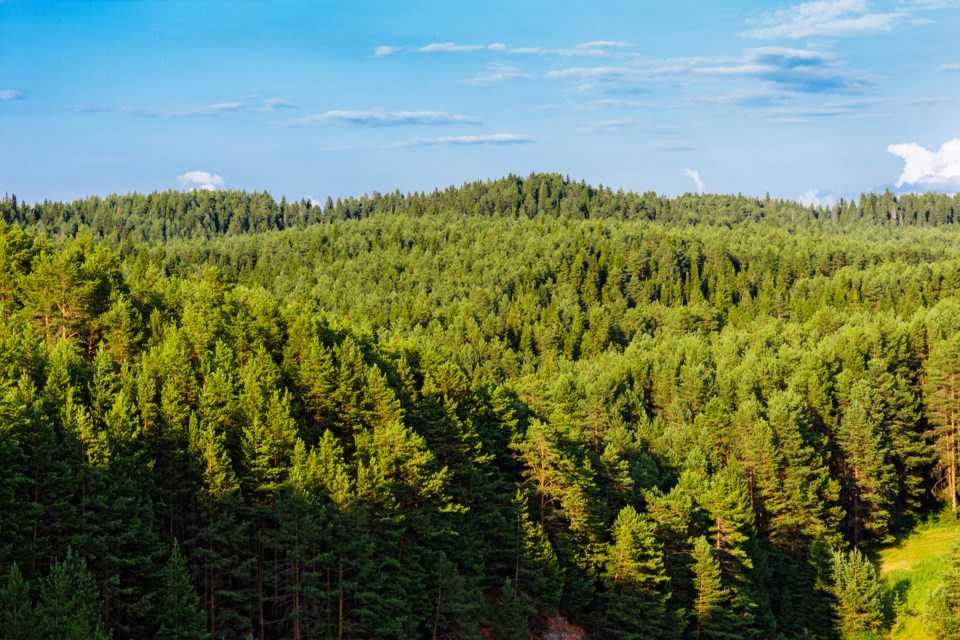EDITOR'S NOTE: OrilliaMatters is partnering with Sustainable Orillia to publish a weekly tip. Check back here every Tuesday evening for a new tip. For more information, visit the Sustainable Orillia website.
(Sustainable Orillia thanks The Rescue Lake Simcoe Coalition for the information in this article.)
The population of Simcoe County today is 305,516 people. Ontario’s Growth Plan (2006, then revised in 2017) sets Simcoe County’s population target for 2031 at 416,000 (excluding Barrie and Orillia).
There is enough land set aside and currently zoned residential to accommodate 165,651 more people than the provincial 2031 population target—a total of around 580,000 people.
However, it turns out people are not moving to Simcoe County as expected. The Ministry of Finance now projects that the 2041 population of Simcoe County will be 99,000 fewer people than the Growth Plan’s population target for the same year.
Given this new projection, there is virtually no justification for rezoning more development land in Simcoe County. It has far more land zoned for residential uses than it needs.
But Simcoe County does need more greenlands. Greenlands are primarily forests and wetlands—the buffers around our forests, wetlands, lakes and rivers that make up Simcoe County’s natural heritage system. Wetlands and forests provide us with free “ecosystem services.”
They regulate water flow, filter water and remove some contaminants, help to control flooding, and provide wildlife habitat and recreational opportunities.
Forests also store carbon, create oxygen, provide habitat for pollinators and wildlife, and are an essential part of outdoor, sustainable recreation opportunities.
Healthy, naturalized shorelines and river banks provide habitat for fish and bird prey species, in part by shading and cooling the water. And natural shorelines with trees or shrubs erode less than a bare shoreline. This is beneficial for our lakes since soil erosion contributes to phosphorus pollution.
Overbuilding unnecessarily destroys our green spaces and threatens our communities’ well being.
Environment Canada recommends:
A minimum 10% wetland cover
Simcoe County has 14% wetland cover. Despite that relatively good-looking number, Simcoe County is losing wetlands. Many sub-watersheds are below the Lake Simcoe Regional Conservation Authority’s watershed-wide targets. (Sub- watersheds are areas that drain into a river that itself drains into the main receiving body of water, such as Lake Simcoe.)
A minimum 50% forest cover
A minimum 50% forest cover is needed to support most of the potential species and healthy aquatic systems. Simcoe County has 22% forest cover - nowhere near the target - and forests are being lost. Forest cover is not evenly distributed across Simcoe County, with most cover in the north.
Less than 10% impervious land cover
Urban watersheds should maintain less than 10% impervious land cover in order to preserve the abundance and biodiversity of aquatic species. Simcoe County is 8% urbanized. Efforts should be made to increase residential density within existing settlement boundaries – developing “complete communities” – thereby limiting the need to convert more agricultural and natural lands to residential.
Landowners wanting to protect environmental or farm features on their lands forever can do so through land trusts, charitable organizations committed to permanent protection of lands with ecological, scenic, historical, agricultural and recreational values. The Couchiching Conservancy is a local land trust in Orillia.
